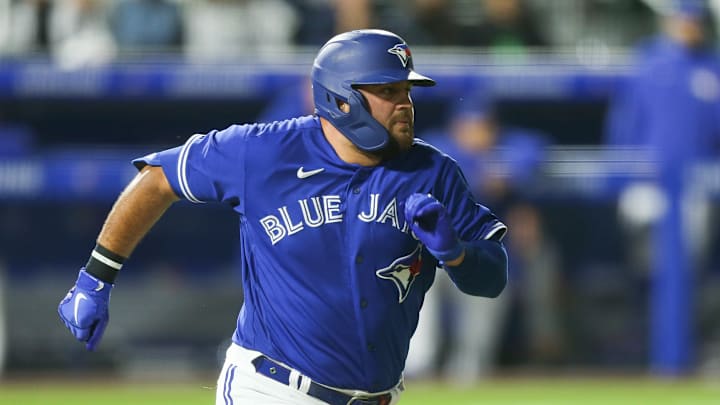Over the years, the Toronto Blue Jays have had their fair share of players that prospered when they eventually moved on from the team. One example that many recent Jays’ fans would like to bring up is that of third basemen Gio Urshela. The Jays had acquired him in a trade with the Cleveland Indians in late spring of 2018, but his time with the Jays was quite underwhelming, so they ended up trading him again to the rival Yankees that very same year during the summer. Little did they know, Urshela would go on to flourish in the next couple of years with the Yankees, solidifying himself as a quality MLB player.
In the very near future, catching prospect Gabriel Moreno could make his way onto a list like this as well. Only time will tell.
Compared to some of the previous ones that have gotten away from the Jays, Urshela’s case seems a lot easier to digest for the fans, since his ultimate replacements in his fielding position on the Jays’ roster eventually became Vladimir Guerrero Jr., and now Matt Chapman. However, that was not always the case. So here, we will take a look at five former Blue Jays that the team should have really thought over twice before letting them go.
No. 5: Rowdy Tellez
At one time, Rowdy Tellez was believed to be part of the core of the new wave of Blue Jays in their rebuild, along with Guerrero, Bo Bichette and others. As such, Tellez showed some great promise with displays of decent power and was a fan favorite as well. However, with the Jays bullpen struggling mightily during the 2021 season, they had to find a way to stabilize it to salvage the season.
In doing so, the Jays chose to part ways with Tellez to acquire Trevor Richards and Bowden Francis from the Milwaukee Brewers. Since joining the Brewers, Tellez unleashed his power stroke and had put up strong production numbers for the past season and a half. Not only that, Richards had started to show signs of erratic pitching control during this past season with the Jays as well.
More significantly, the Jays spent much of this past offseason looking for strong, competent, left-handed hitters to balance their right-handed heavy lineup. To think of it, they actually had one already that was homegrown in Tellez. If their rash move to save the bullpen wasn’t made and Tellez was still here, he might have been the exact power lefty the Jays desperately needed to fit perfectly in their competitive lineup for now and years to come.
